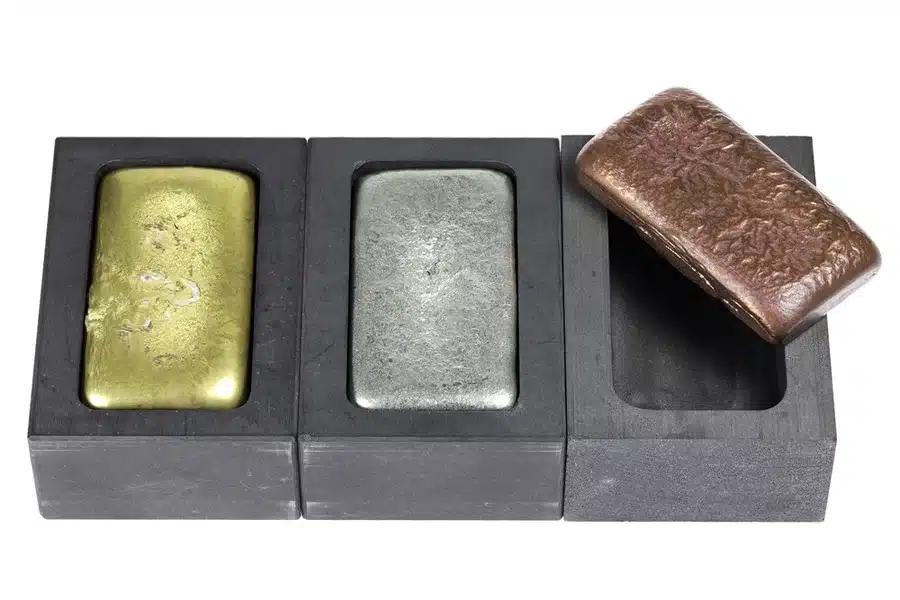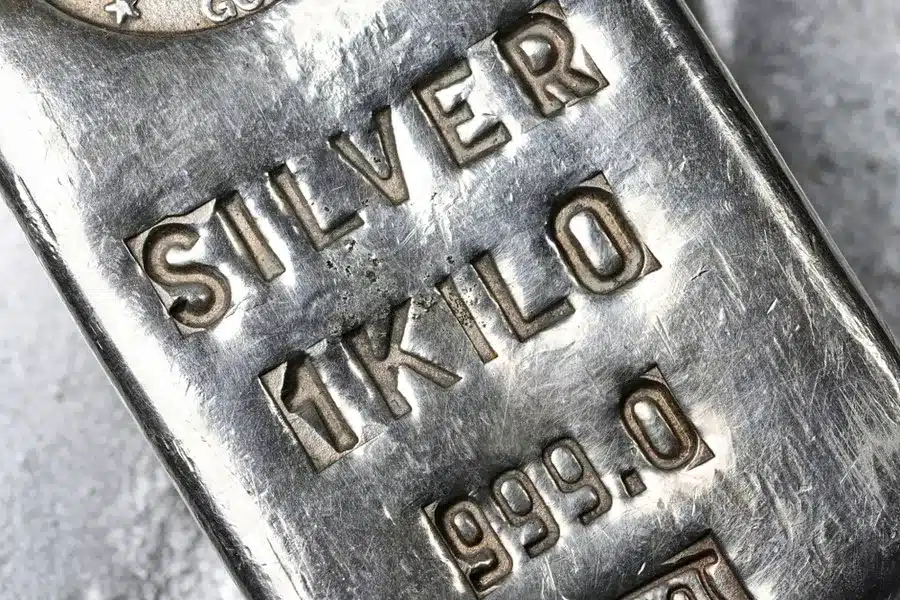When thinking about how to invest your IRA account, you have more choices than ever before. Whether you're working with traditional IRA accounts or a Roth IRA account, deciding where to invest your Roth IRA is crucial for long-term success. Each asset class—stocks, crypto, gold, and others—offers different risks and rewards.
If you're asking yourself, "what to invest your Roth IRA in?" this guide will help you explore the five best options for individual retirement accounts today.

1. Stocks: A Classic IRA Investment
Stocks remain one of the most popular investment strategies for IRAs.
Buying shares of individual companies can provide growth potential far beyond inflation and is a common cornerstone of smart asset allocation.
Pros:
- Strong long-term returns compared to many other assets
- Wide range of industries and sectors to diversify your portfolio
Cons:
- Higher volatility in the short term
- Requires regular monitoring and understanding of market trends
If you’re new to stocks, many experts recommend starting with mutual funds or exchange traded funds (ETFs) that track large indexes like the S&P 500.
2. Crypto: A Growing Opportunity for IRA Accounts
Cryptocurrency is no longer just for early adopters—it’s a rising star in personal finance. Investing in crypto within your IRA is now possible through self-directed IRAs.
Pros:
- Enormous growth potential, especially compared to traditional investments
- Offers true diversification, uncorrelated with traditional stocks and bonds
- Potential for penalty free gains in a Roth IRA account if held until eligible Roth IRA withdrawals
Cons:
- High volatility compared to stocks or gold
- Regulatory landscape is still evolving
Still, for those with a higher risk tolerance, crypto can be a smart addition to an IRA portfolio. When thinking about how to invest your Roth IRA, adding crypto allows you to benefit from the explosive upside potential—and any gains can be income tax free if held long enough in a Roth account.
3. Gold: A Timeless Safe Haven
Gold has been a store of value for thousands of years. Many investors still choose gold for wealth management purposes and as a hedge against inflation.
Pros:
- Historically strong performance during times of market uncertainty
- Hedge against inflation and currency fluctuations
Cons:
- Limited long-term growth compared to stocks
- Can be expensive to store securely
Gold IRAs allow you to hold physical gold within your retirement plan, but it’s important to balance gold with other growth-oriented assets to avoid stagnation.
4. Mutual Funds and ETFs: Easy Diversification
If you don’t want to pick individual stocks, mutual funds and exchange traded funds (ETFs) offer a simpler way to achieve diversified asset allocation across industries, countries, and asset types.
Pros:
- Instant diversification with a single purchase
- Professional management or automated indexing
- Great for beginners wondering where to invest their Roth IRA
Cons:
- Some mutual funds come with high fees
- ETFs can experience market fluctuations like individual stocks
Target date funds are a type of mutual fund designed specifically for retirement planning. They automatically adjust your investments over time based on your planned retirement year, making them ideal for hands-off investors.
5. Bonds and Fixed-Income Assets: Lower Risk Choices
For those closer to retirement or those with a lower risk tolerance, bonds can be an excellent choice for IRA accounts.
Pros:
- Lower volatility compared to stocks or crypto
- Provide steady income through interest payments
Cons:
- Lower returns, especially after adjusting for inflation
- Interest income is taxed at ordinary income rates if not held in a Roth IRA
Adding bonds to your IRA can be an effective part of your broader investment strategies, especially when combined with higher-growth assets like stocks and crypto.
How to Choose Investments Based on Your Goals
When figuring out how to invest your Roth IRA or traditional IRA, consider these factors:
- Your risk tolerance: Are you comfortable with volatility?
- Your retirement timeline: Are you planning for the short term or decades ahead?
- Your tax strategy: Would a tax deductible traditional IRA or tax-free Roth IRA withdrawals serve you better?
- Your overall wealth management goals: Do you want to grow aggressively, or protect what you’ve built?
Using a smart asset allocation strategy across different asset types—stocks, crypto, gold, and bonds—helps minimize risk while maximizing potential gains.
Understanding Contribution Limits and Tax Benefits
No matter where you invest your Roth IRA, remember the contribution limit. For 2025, you can contribute up to:
- $7,000 annually if under 50
- $8,000 if you’re 50 or older (catch-up contribution)
Contributions to a Roth IRA are made with tax dollars (after-tax income) but allow penalty free, income tax-free withdrawals in retirement. Traditional IRA contributions may be tax deductible, depending on your income and whether you’re covered by a workplace retirement plan.
Choosing the right investment accounts and strategies today can make a major difference to your retirement success tomorrow.
The Bottom Line: Diversify to Win
If you’re deciding what to invest your Roth IRA in, consider mixing growth assets like stocks and crypto with stability from gold and bonds. Learning how to invest your IRA account wisely—and staying consistent—can help you maximize your future wealth and enjoy a comfortable retirement.





